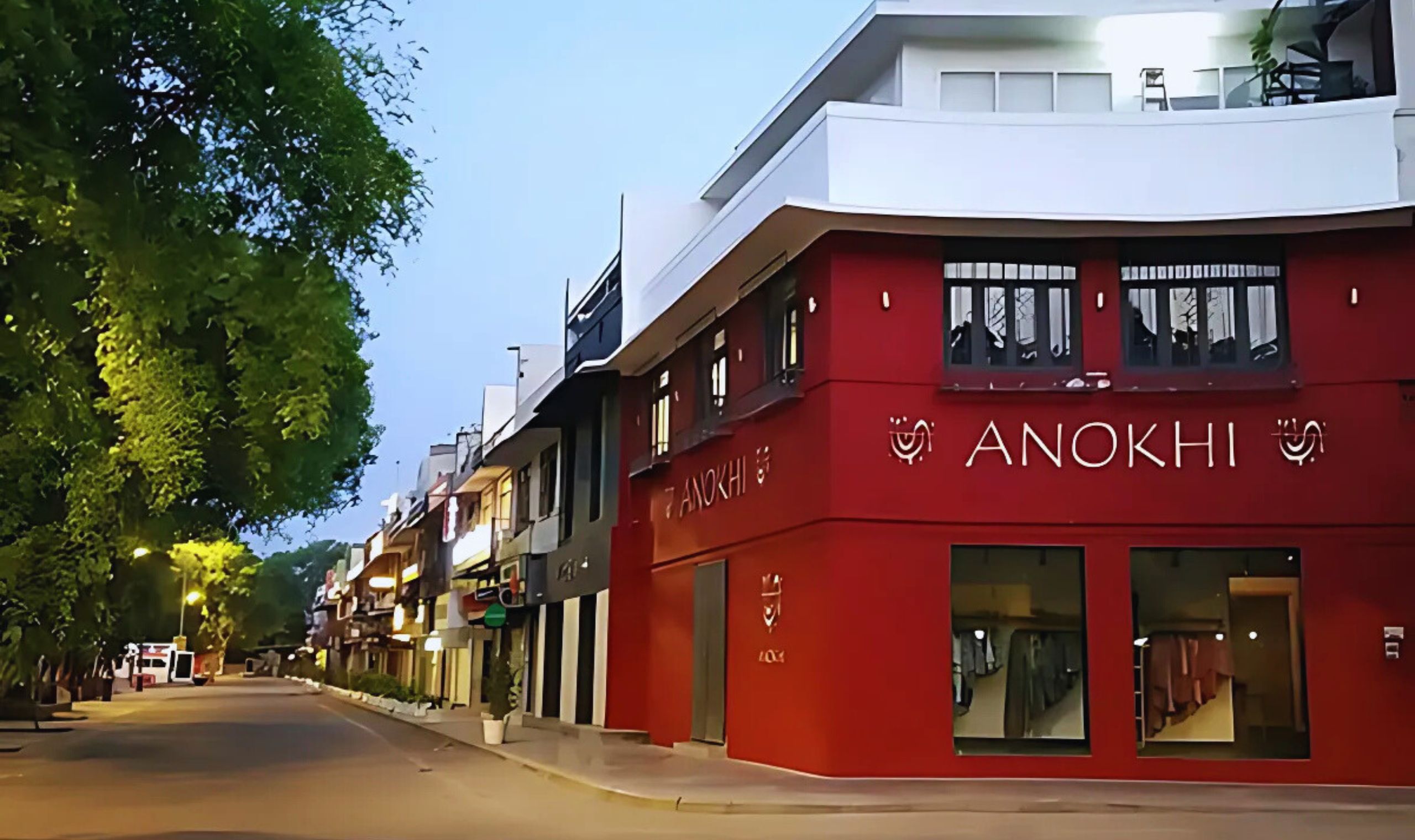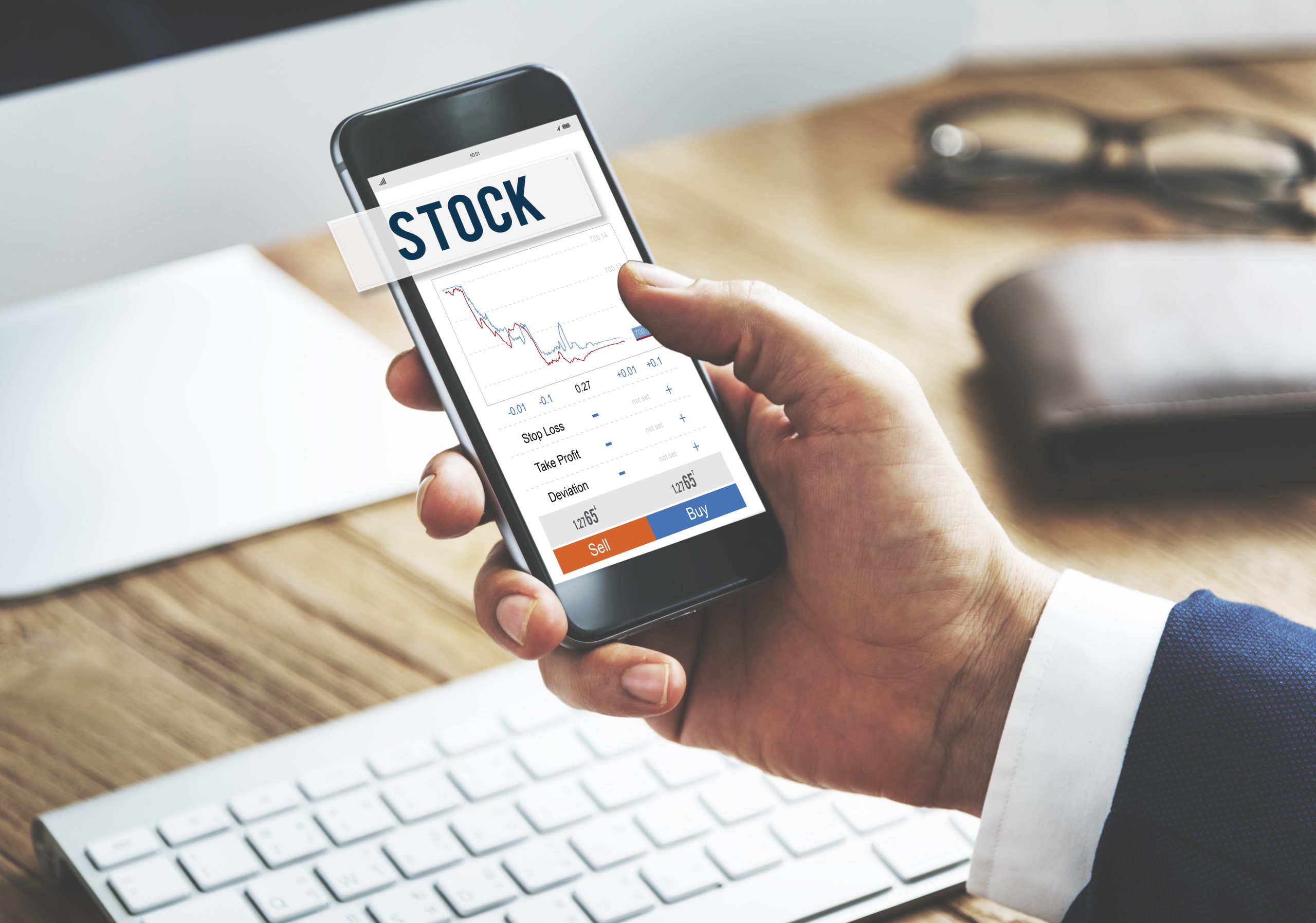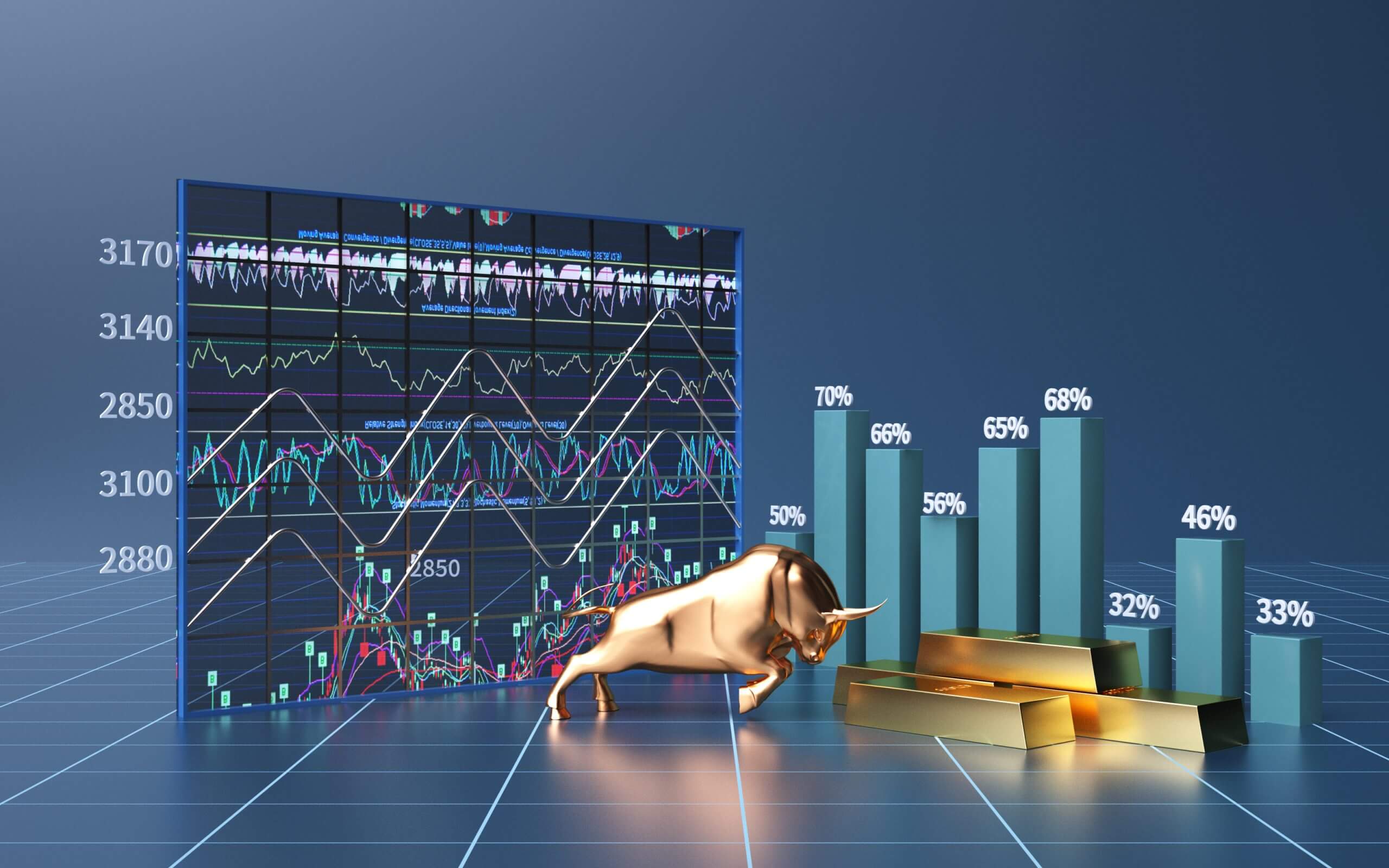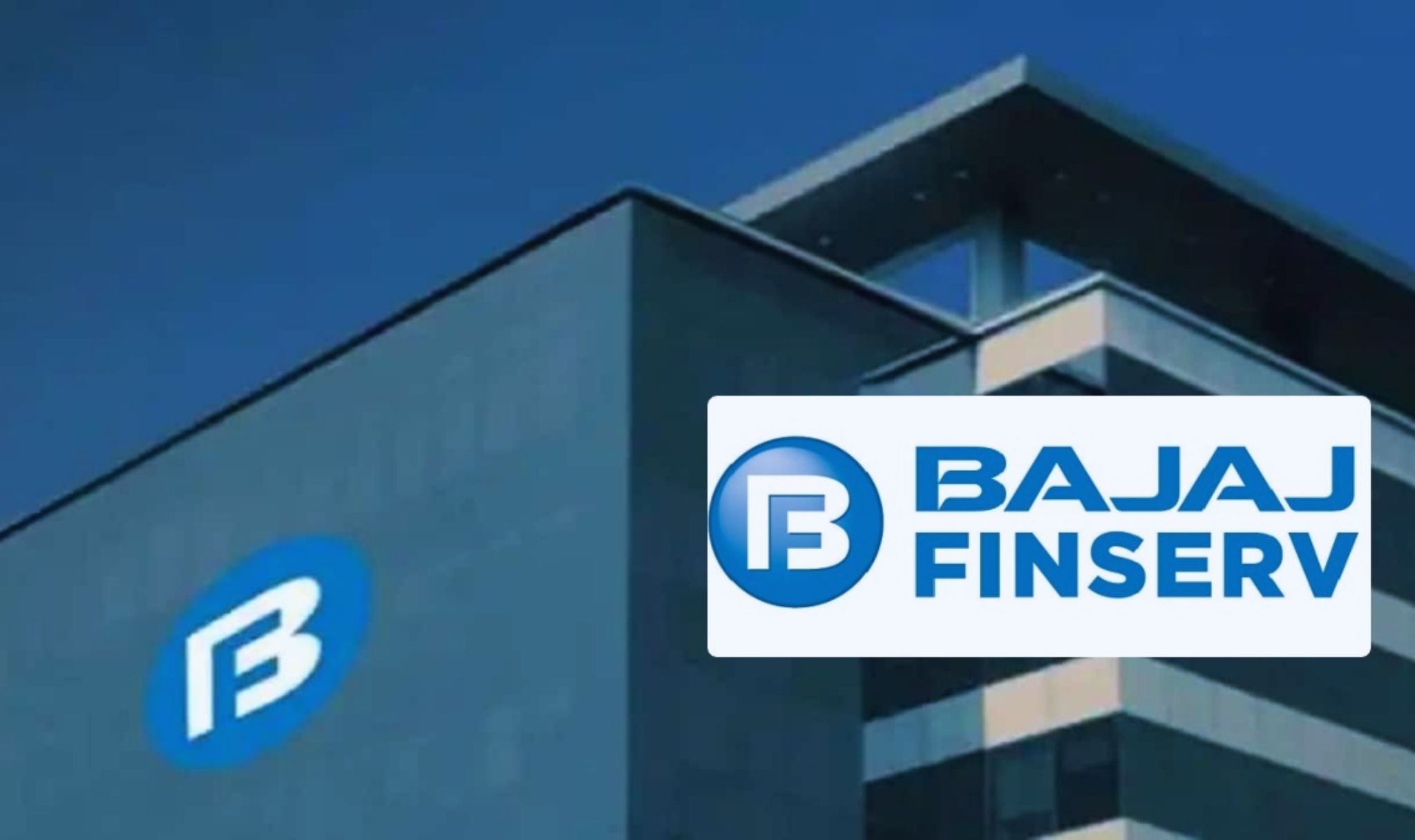Among the many very culturally rich locations that dot India’s capital city, New Delhi, one market stands uniquely different from its contemporaries. It is Khan Market. This iconic shopping street has recently ranked as the 22nd most expensive retail destination globally, according to the prestigious annual report, Main Streets Across the World, by global real estate services firm, Cushman & Wakefield. The ranking places Khan Market as not only the most expensive retail destination in India but also among the leading commercial hubs on the world stage.
This blog explores the factors of growth of Khan Market, contributing to its growing global status, appeal to high-spending shoppers, competition among major international retail destinations, and major implications for Indian retail.
The Rise of Khan Market: A Premium Retail Destination
Khan Market is a synonym for high-end luxury, exclusivity, and keenly curated shopping, in the heart of New Delhi. What sets it apart is its blend of high-end boutiques, premium global brands, and a thriving local retail scene that draws shoppers from all walks of life. According to Cushman & Wakefield’s latest report, annual rents at Khan Market are pegged at USD 229 per square foot (approximately INR 19,330), reflecting a year-on-year growth of 7%. This figure consecrates the road’s solid position as the number one retail destination in the country.
However, reaching there has not been a bed of roses. The main reason behind the high demand for this market is its limited retail space and the growing influx of luxury brands. Over the years, it has developed into one of the most established destinations for showcasing some of the world’s best international labels and the finest local high-street brands that cater to the richest shoppers in pursuit of exclusivity and quality. The unique combination has made Khan Market the favourite of high net-worth individuals, celebrities, and foreign tourists, therefore contributing to its high appeal as a top retailing space.
Factors Contributing to Khan Market’s High Rents
Several elements contribute to the high rental rates in Khan Market. The retail street’s premium positioning can be attributed to the growing demand for high-end and luxury shopping experiences. Real estate experts suggest that the scarcity of space in the area has created intense competition for available commercial properties. The result is a significant rise in rental values, particularly as demand for retail outlets by premium brands and boutique stores escalates.
The exclusivity and popularity of Khan Market relate to a larger trend in the global scenario where prime retail spaces in choice cities command sky-high rents. The place has become a one-stop shop for luxury goods, from fine jewellery to designer apparel, beauty products, and many more. Additionally, the marketplace’s blend of history and modernity adds to its appeal, offering a seamless shopping experience.
The infrastructure of the area is another contributing factor. Khan Market is built with neat and clean roads, sufficient parking places and modern facilities, thereby attracting global luxury brands to the site. The retail outlets in this region are also in full business activity. This makes the destination a place where premium and artisanship products are readily available.
Retail Market Trends in India: A Growing Demand
India’s retail sector has undergone a sea change in recent years. With the economy growing and consumer purchasing power increasing, demand for high-end retail locations is likely to remain buoyant. The 7% growth in Khan Market’s rental values mirrors the broader trends being seen in India’s retail sector, which is increasingly shifting toward premium shopping destinations even in regions beyond Delhi.
According to Saurabh Shatdal, Managing Director, Capital Markets, and Head of Retail-India at Cushman & Wakefield, demand in prime retail space is caused not only by the growth in domestic consumer consumption but also by strong foreign investment. There is enormous leasing activity happening in this segment, which is likely to continue with the evolving retail landscape of India. Primary thoroughfares in India, like Khan Market, should continue to maintain rental growth by 2024, especially with supply constriction in malls and street-level retail rising.
Shatdal’s perception is particularly important because it addresses how big and vital Khan Market and other retail centres in India are against the backdrop of trends in global retailing. This, combined with high economic growth and changing consumer preferences, will make India a retail destination to beat, and retail locations like Khan Market will remain by far the most sought-after destination.
The Global Retail Landscape: A Competitive Environment
Though its dominance continues in India, its rise on the global retail map puts it directly in competition with some of the world’s most iconic retail destinations. Milan’s Via Montenapoleone recently displaced New York’s Upper 5th Avenue to become the world’s most expensive retail street. This is the first time a European street has topped the rankings and marks the shift in the dynamics of the global retail market. Rents on Via Montenapoleone have increased by nearly a third over two years, which solidifies this area’s claim to fame as the favourite luxury shopping destination.
For Khan Market, this global shift speaks to the increased competition for the greatest high-end retail destinations, not just within India but globally. Of course, changing global spending habits have altered the landscape of the luxury retail space; what once only existed in the likes of New York and Paris is now a growing platform in Milan, Dubai, and increasingly within New Delhi.
What distinguishes Khan Market, however, is its unusual ability to balance local character with luxury retail offerings. While Milan and New York cater mainly to global tourist crowds, Khan Market remains a celebrated destination for both locals and international visitors, sitting smack between tradition and modernity.
The Role of Retail Malls Vs. Main Streets
While shopping malls have long been seen as the go-to destination for premium and high-street brands, the rise of main streets, especially in India, has sparked a shift in how retail spaces are being utilized. As Shatdal mentions, malls are facing supply constraints, while main streets like Khan Market are thriving thanks to rising demand and limited availability of prime retail space.
Actually, as of 2024, main streets in India have registered a total leasing of 3.8 msf, with an 11% year-on-year growth. Thus, the main streets have become the favourite address of the retail brands looking to set up their shop in their prime. According to Shatdal, while malls still dominate, they are no longer the exclusive stores for luxury products.
The demand for retail spaces in open-air, pedestrian-friendly main streets has further gained momentum with the pandemic due to its requirement of social distancing and a relatively relaxed shopping environment. In addition, this has augmented leasing activity on streets like Khan Market, which offers a safer and more engaging shopping environment compared to enclosed malls.
Real Estate and Retail Market Prospects Going Forward
Looking ahead, the outlook for Khan Market and other high-end retail locations in India appears positive. Given that consumer purchasing power is increasing and luxury brands are increasingly entering the Indian market, it can be expected that there will be more demand for such spaces catering to this building segment. India’s retail market will look forward to further growth with sound economic growth, rising disposable incomes, and an increasingly affluent middle class.
Expansion of International Brands into India: Global brands have been driving the growth of the retail market. With many more international luxury brands clamouring to set up in India, there will only be an increased need for high-end areas to retail, thereby pushing rents in places like Khan Market even further.
However, the future of retail in India is also linked to the broader macroeconomic environment, including inflation, interest rates, and consumer confidence. Any fluctuations in these factors could affect the pace of retail expansion and influence the demand for premium retail spaces.
Conclusion:
The success story of Khan Market as the world’s most expensive retail street says volumes about India’s ever-growing position in the global retail market. Rather, it talks of the country’s stature in the economy, consumer spending power rising high, and increasing demand for luxury goods and services. Khan Market’s orientation with upscale boutiques, premium global brands, and local flavours will surely mark it as one of the key contributors to India’s retail landscape as the nation’s retail industry continues on its progressive journey.
With the global retail environment under pressure from a rise in fluctuations within the market system and evolving consumer behaviour, it is evident that prime retail locations continue to be important, at least to Khan Market. A combination of innovation, exclusivity, and adaptability will catapult Khan Market into sustained success, becoming a highly vivacious testament to the growth and resilience of the Indian retail sector in a challenging global environment.
More global and local players entering India’s streets for retail prospects, it is sure to sail through brightly in the future for Khan Market and others like it, with scope for growth, investment, and further development in the years to come.















0 Comments